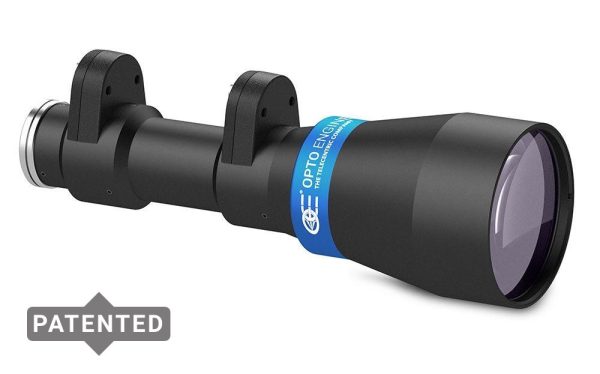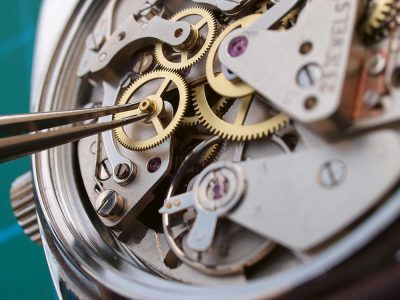TCZEL series
Telecentric zoom lens with dual liquid lens technology
Key advantages
Maximum versatility
Possibility to adjust both the magnification and the working distance.
Reduced wear
No moving optical mechanical parts.
Faster than traditional zooms
Optotune liquid lens technology allows to operate in a few milliseconds.
The TCZEL series features telecentric lenses characterized by an extremely innovative optical design that integrates two Optotune liquid lenses whose synergy allows you to control both the magnification and the working distance.
These lenses, therefore, combine the accuracy of telecentric lenses, the advantages of zoom optics and the extreme versatility of liquid lenses.
TCZEL lenses work in white light with excellent color correction in the nominal magnification and working distance ranges. Better performance can be obtained in monochrome, especially when operating in the extended range.
Notes
- Working distance: distance between the front end of the mechanics and the object, reported at nominal range of the liquid lenses; maximum excursion may be larger.
- Working f-number (wf/N): the real f-number of a lens in operating conditions.
- Maximum angle between chief rays and optical axis on the object side.
- Percent deviation of the real image compared to an ideal, undistorted image.
- At the borders of the field depth the image can be still used for measurement but, to get a perfectly sharp image, only half of the nominal field depth should be considered. Pixel size used for calculation is 3.45 μm.
- Object side, calculated with the Rayleigh criterion with λ= 520 nm
- Typical at 30°C, 0 to ±250 mA step.
- Indicates the availability of an integrated camera phase adjustment feature.
- Measured from the front end of the mechanics to the camera flange.
Additional notes
- Performances guaranteed when used with vertical optical axis; when used with horizontal optical axis performances drop due to gravity induced aberrations of the liquid lens.















